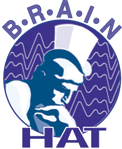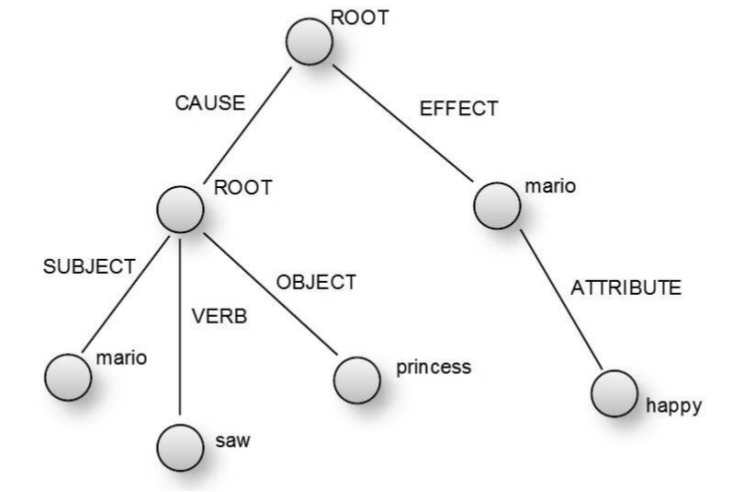
A cool project you never heard of
Back in the day, there were two distinct paths for making computers "think." The first was a family of inventions that includes multi-layer perceptrons, neural nets, genetic programming and machine learning--and now LLMs. These are forms of curve-fitting. Just a few years ago, higher order curve-fitting appeared as the science behind deciding what kind of music you'd like to hear next, or what else you might want to buy. It's gotten a lot more sophisticated, and is now called "AI."
The other old-school approach to making computers "think" is the product of linguistics and epistemology. In the 1970s, classical Natural Language Processing (NLP) was a popular pursuit, and it seemed like an academic avenue that would bear intelligent computing more quickly than curve-fitting. But, NLP was difficult, brittle and not scalable. Excitement waned and lesser forms of artificial intelligence, such a Expert Systems, took the limelight until their prospects dimmed as well. NLP has since come to mean other disciplines like text summarization, translation, data mining and command-and-control, like Siri.
